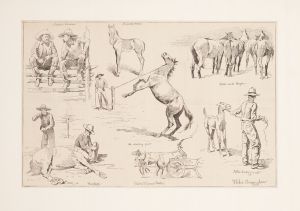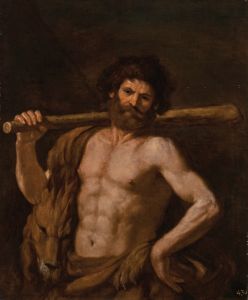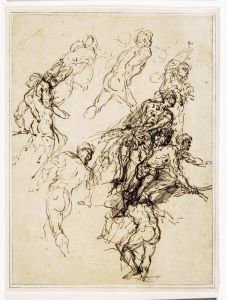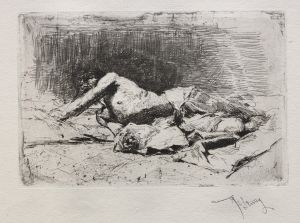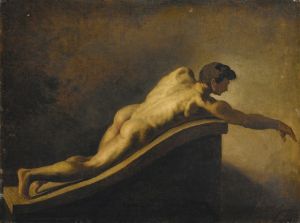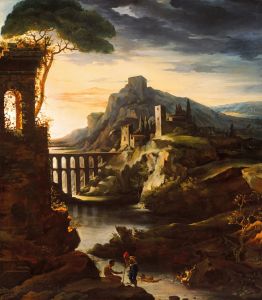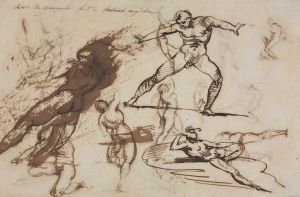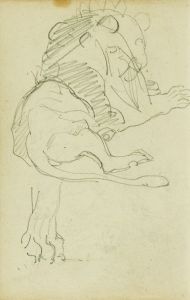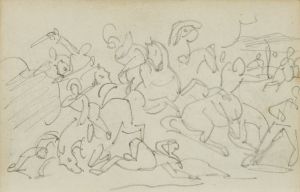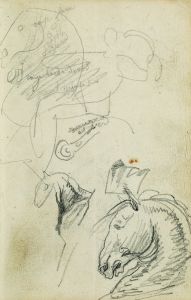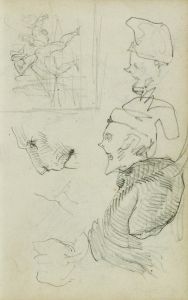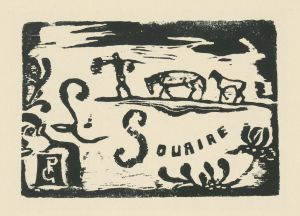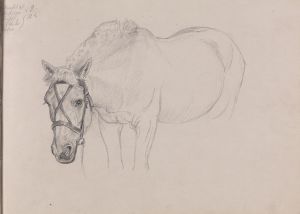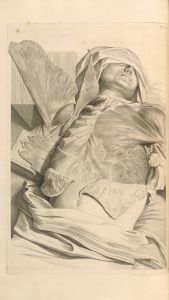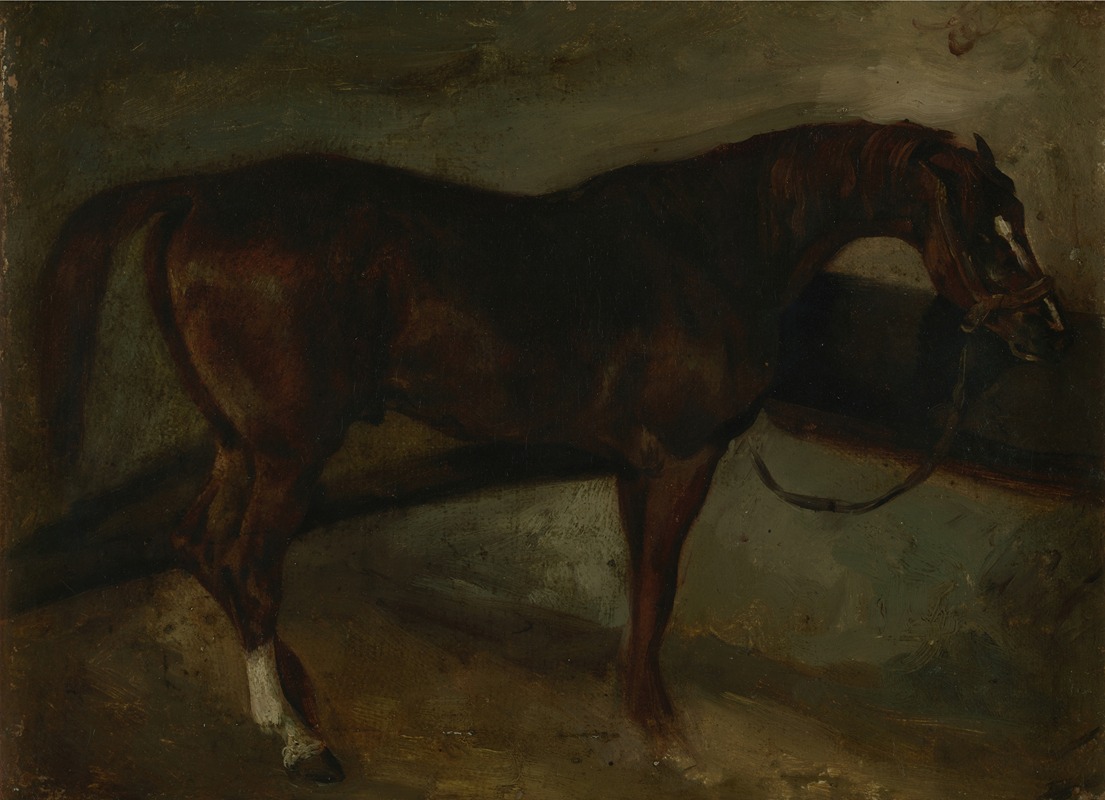
Brown horse
A hand-painted replica of Théodore Géricault’s masterpiece Brown horse, meticulously crafted by professional artists to capture the true essence of the original. Each piece is created with museum-quality canvas and rare mineral pigments, carefully painted by experienced artists with delicate brushstrokes and rich, layered colors to perfectly recreate the texture of the original artwork. Unlike machine-printed reproductions, this hand-painted version brings the painting to life, infused with the artist’s emotions and skill in every stroke. Whether for personal collection or home decoration, it instantly elevates the artistic atmosphere of any space.
"Brown Horse" is a painting by the French artist Théodore Géricault, who is widely recognized as one of the pioneers of the Romantic movement in art. Géricault was born on September 26, 1791, in Rouen, France, and he developed a passion for painting at an early age. He is best known for his dramatic and expressive works, often depicting horses, which were a recurring subject in his oeuvre.
The painting "Brown Horse" exemplifies Géricault's keen interest in equine subjects and his ability to capture the vitality and spirit of these animals. Although the exact date of the painting is not definitively known, it is believed to have been created during the early 19th century, a period when Géricault was actively exploring themes of movement and emotion in his art.
In "Brown Horse," Géricault employs a dynamic composition and a rich palette to bring the horse to life. The painting showcases his skillful use of light and shadow, which adds depth and dimension to the figure of the horse. The animal is depicted with a sense of realism and attention to anatomical detail, reflecting Géricault's thorough study of horse anatomy and his dedication to accurately portraying their form and movement.
Géricault's fascination with horses can be traced back to his early years, when he spent time at the stables of the Versailles palace, observing and sketching the horses there. This experience greatly influenced his artistic development and is evident in the lifelike quality of his equine paintings. "Brown Horse" is a testament to his ability to convey the power and grace of these animals, capturing their essence in a way that few artists of his time could achieve.
The painting is also notable for its emotional intensity, a hallmark of Géricault's work. The horse's posture and expression suggest a sense of alertness and energy, which is further enhanced by the artist's bold brushstrokes and use of contrasting colors. This approach aligns with the Romantic movement's emphasis on emotion and individualism, characteristics that are prominently featured in Géricault's broader body of work.
Théodore Géricault's contributions to the art world extend beyond his equine paintings. He is perhaps most famous for his monumental work "The Raft of the Medusa," which depicts the aftermath of a contemporary shipwreck and serves as a powerful commentary on human suffering and resilience. Despite his relatively short life—he died at the age of 32 in 1824—Géricault left a lasting impact on the art world, influencing subsequent generations of artists with his innovative techniques and emotive subject matter.
"Brown Horse" remains an important piece within Géricault's portfolio, illustrating his mastery of capturing the dynamic and spirited nature of horses. The painting continues to be admired for its technical excellence and emotional depth, securing Géricault's legacy as one of the foremost artists of the Romantic era.





